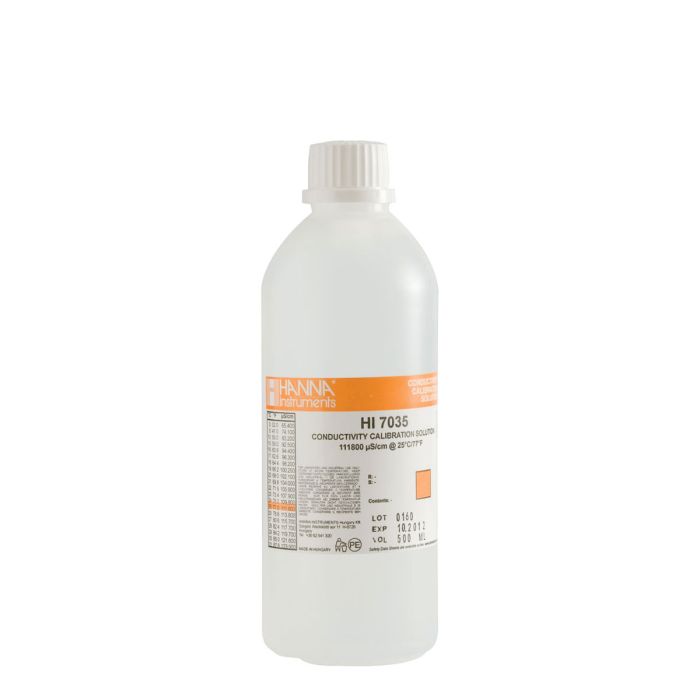
2024-12-11T12:59:01
he SI unit of conductivity is S/m and, unless otherwise qualified, it refers to 25 °C. More generally encountered is the traditional unit of μS/cm. The commonly used standard cell has a width of 1 cm, and thus for very pure water in equilibrium with air would have a resistance of about 106 ohms, known as a megohm. Ultra-pure water could achieve 18 megohms or more. Thus in the past, megohm-cm was used, sometimes abbreviated to "megohm". Sometimes, conductivity is given in "microsiemens" (omitting the distance term in the unit). While this is an error, it can often be assumed to be equal to the traditional μS/cm. Often, by typographic limitations μS/cm is expressed as uS/cm. The conversion of conductivity to the total dissolved solids depends on the chemical composition of the sample and can vary between 0.54 and 0.96. Typically, the conversion is done assuming that the solid is sodium chloride; 1 μS/cm is then equivalent to about 0.64 mg of NaCl per kg of water. Molar conductivity has the SI unit S m2 mol−1. Older publications use the unit Ω−1 cm2 mol−1.

Have a question? Ask here!
Required fields are marked *